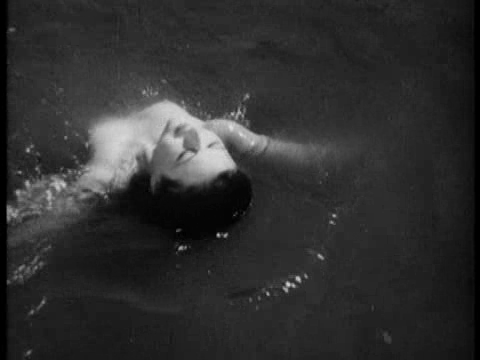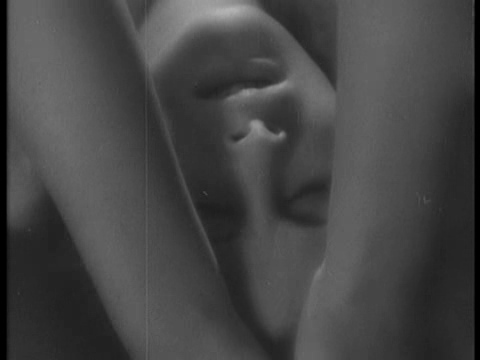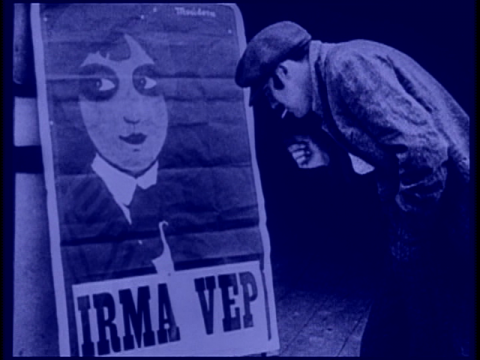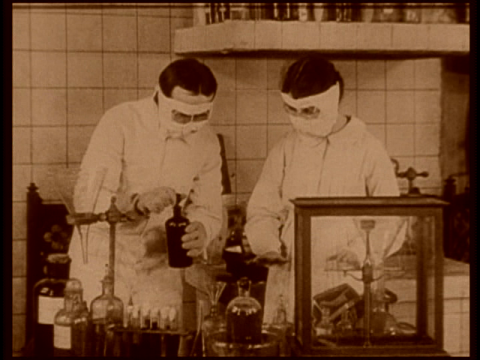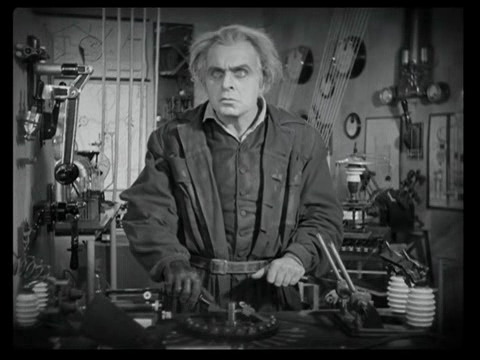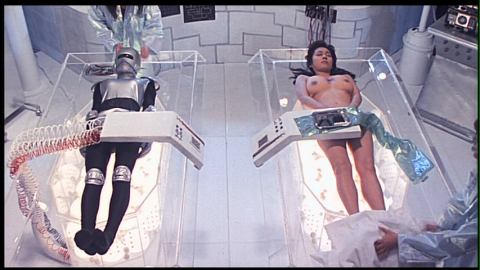One book I was assigned in my freshman English class in college was the then-current edition of The Norton Anthology of Poetry, the editors of which, doubtless attempting to appear hip to an audience of jaded 18 year-olds like my then-self, chose to include among the works of Shakespeare and Keats and Emily Dickinson a work by one Lawrence Raab entitled “Attack of the Crab Monsters,” which ended with the immortal lines
Sweetheart, put down your flamethrower. You know I always loved you.Perhaps not “Shall I compare thee to a summer’s day?” or even “My Life has stood – a Loaded Gun – “, (or even “They fuck you up, your mum and dad”) but it will do. What I didn’t realize at the time was that this was a homage of sorts to to one of the greatest non-great producers and directors of all time, to wit one Roger Corman, who in fact did create Attack of the Crab Monsters.
Now perhaps Corman has a reputation as something of a schlockmeister, but if so he was a sclockmeister with a difference. He had an eye for talent and that combined with a directorial imperative of tell a story cheaply and keep the audience entertained made him into the world’s greatest One-Man Film School: Francis Ford Coppola, Martin Scorsese, and Jonathan Demme all pretty much got started out by Corman, and that alone would probably be enough to earn him immortality among filmmakers.
But beyond that, Corman made some surprisingly intriguing movies for the thaumatophile. One which deserves some serious attention here would be The Wasp Woman (1959), which stands as a sort of ancestress to Invasion of the Bee Girls, which as readers of the Thamatophile Manifesto know, is a key influence for Dr. Faustus. And it’s certainly a subject worth revisiting here, for that reason and also for some others as well, such as the fact that at least one woman’s intimate encounter with a giant member of arthropod persuasion and subsequent…changes…plays an important part in the developing Gnosis plotline.
The core plot of The Wasp Women is easy to summarize. Entrepreneur and model Janice Starlin (played by Susan Cabot) runs what has hitherto been a successful cosmetics business, trading on her own glamorous image. But 40-year old Starlin’s fears that her looks are fading, so she stops appearing as the spokesmodel for her own business, with terrible financial results. Not to despair, though, as rather mild-mannered mad scientist named Zinthrop happens in with a supposed way to reverse aging, using the “royal jelly” of wasps. Starlin leaps at the chance, giving Zinthrop his own laboratory and putting him to work developing what she hopes will be not just a way of reversing her own aging, but also a way of creating what will surely be an absolutely unbeatable product. Overriding Zinthrop’s objections, she even insists on making herself the first human test subject, even going behind Zinthrop’s back to up her dosage of the miracle substance when it isn’t working as fast as she would like.
And what do you know? The mad science thing works. There’s just one little side effect…
Now as reviewer El Santo points out, this plot inverts a standard mad science narrative. In that narrative, the insane/evil/overreaching mad scientist abducts or suborns a pretty girl and makes use of her as an experimental subject, until perhaps she is rescued by the hero. It’s a variant of the brave knight rescuing the fair maiden from the evil dragon/ogre or what have you. But the plot of The Wasp Woman is really about female protagonism. It’s Janet Starlin who pushes hard for the mad science: the mild-mannered but eccentric Zintrhop here is more the voice of conservatism and caution than anything else. Starlin is the one who desires to be the subject of the experiment, and she jumps in with both feet.
El Santo reads this as a part of a bit of subtle (and subversive) commentary on gender relations in the 1950s: women weren’t taken seriously in their own right and had to trade on their youthful looks, so Janice Starlin had an intelligible motive in pushing things along so desparately. I think El Santo’s point is correct, but the focus of my attention is elsewhere.
Let me put it this way: why is this movie the subject of a post at EroticMadScience.com? It’s pretty buttoned-up 1950s. No nudity. No sex. The answer is this: I find an amazing turn on in subject protagonsim in mad science. I do not know exactly why this is, but Nanetta Rector’s bold and unsolicited demand “Make me a liquid girl” or Maureen Creel’s taking a deep breath and turning on the invisibility machine or Aloysius Kim’s “Death or glory here I come” are real payoff moments for me. So when Janice Starlin inists that she will be Zinthrop’s first test subject, it’s also a special moment in a special movie.
And thanks to the glories of the Internet, you can see for yourself for free, if you’re so inclined. A magnificent resource called the Internet Archive is making available a lot of old movies for free streaming and downloading, and The Wasp Woman is among them. I’ve embedded it in the post below, but if that doesn’t work (it’s fussy with some browsers), you can always visit the relevant Internet Archive page here.
Enjoy!

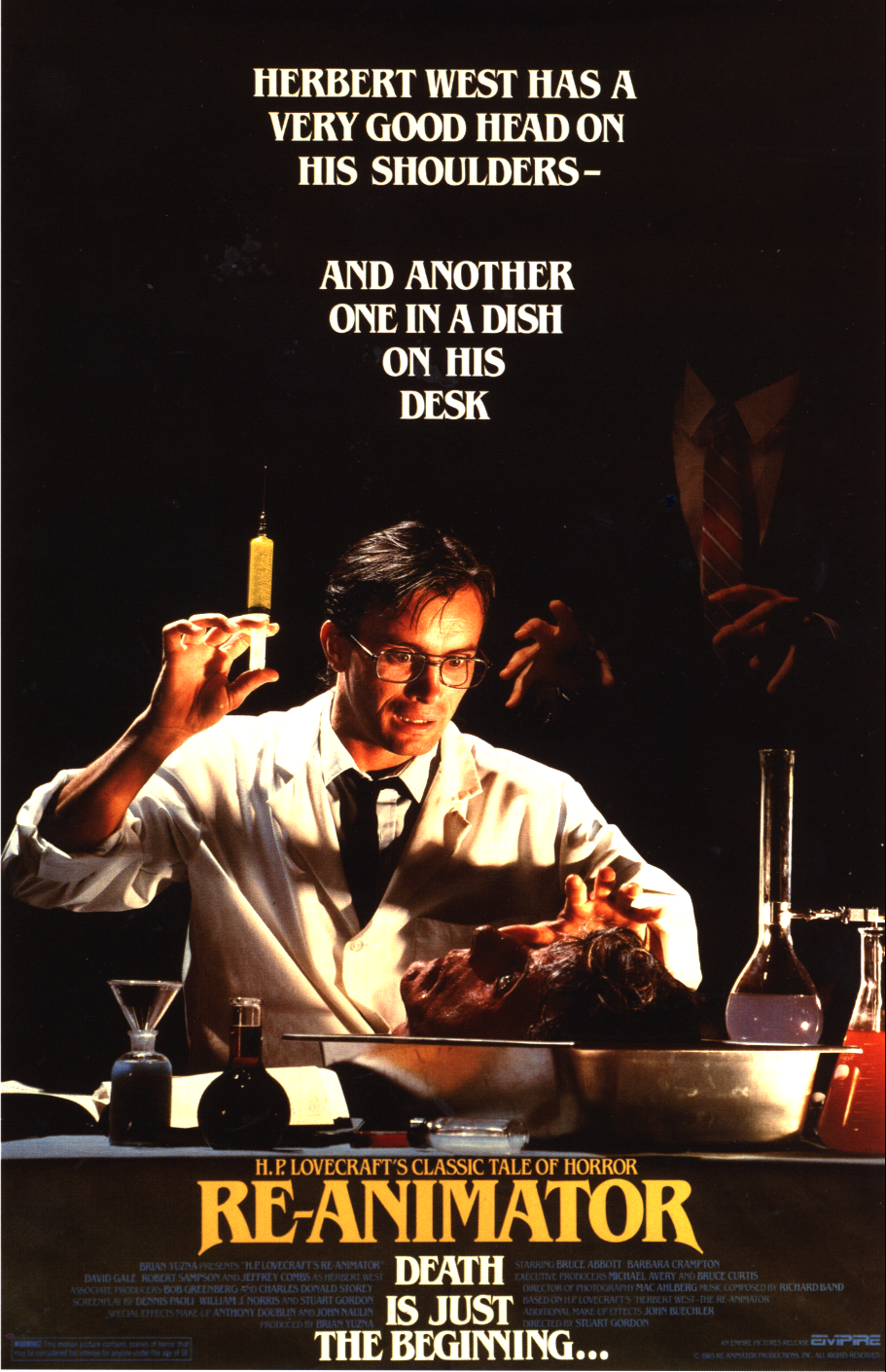
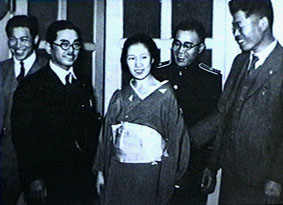 A real person, it turns out, whose activities were in fact significant enough for her to have a movie made about her, just as Michiko says. (The historical Sada is depicted in the picture to the left, after her arrest in 1936.) The movie is indeed called
A real person, it turns out, whose activities were in fact significant enough for her to have a movie made about her, just as Michiko says. (The historical Sada is depicted in the picture to the left, after her arrest in 1936.) The movie is indeed called 



